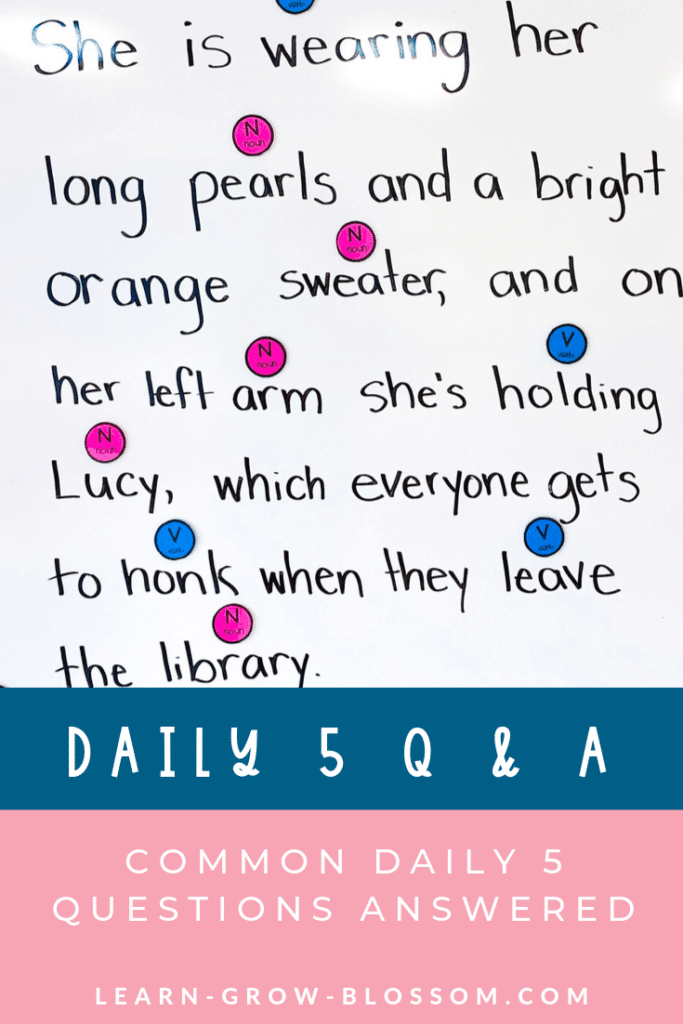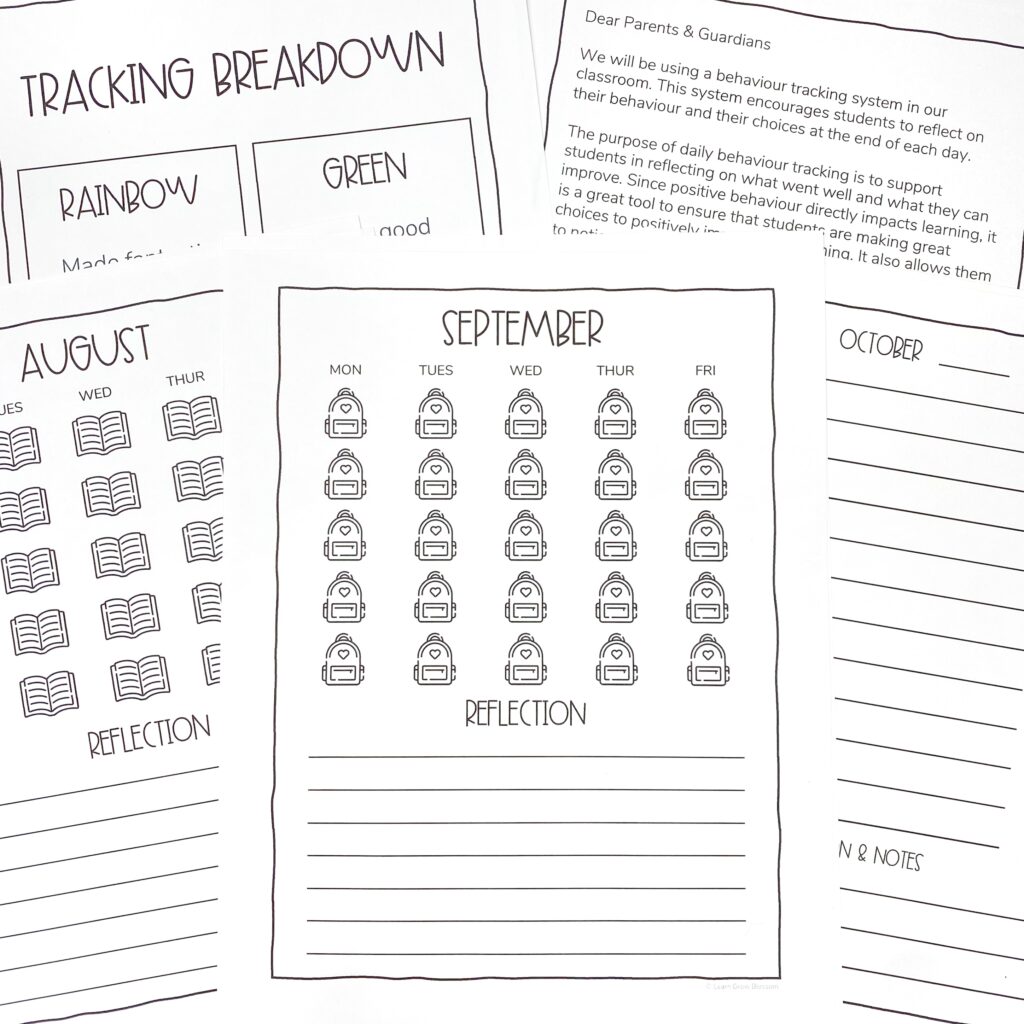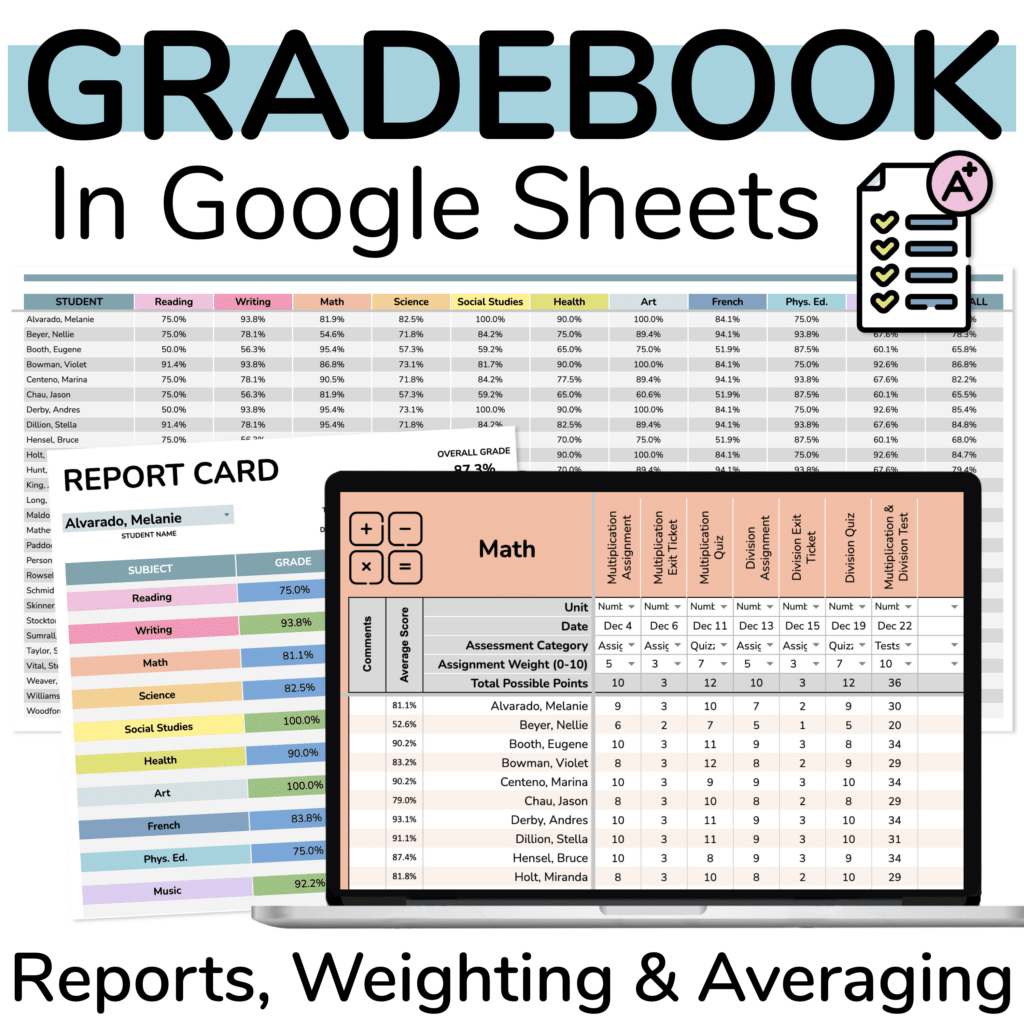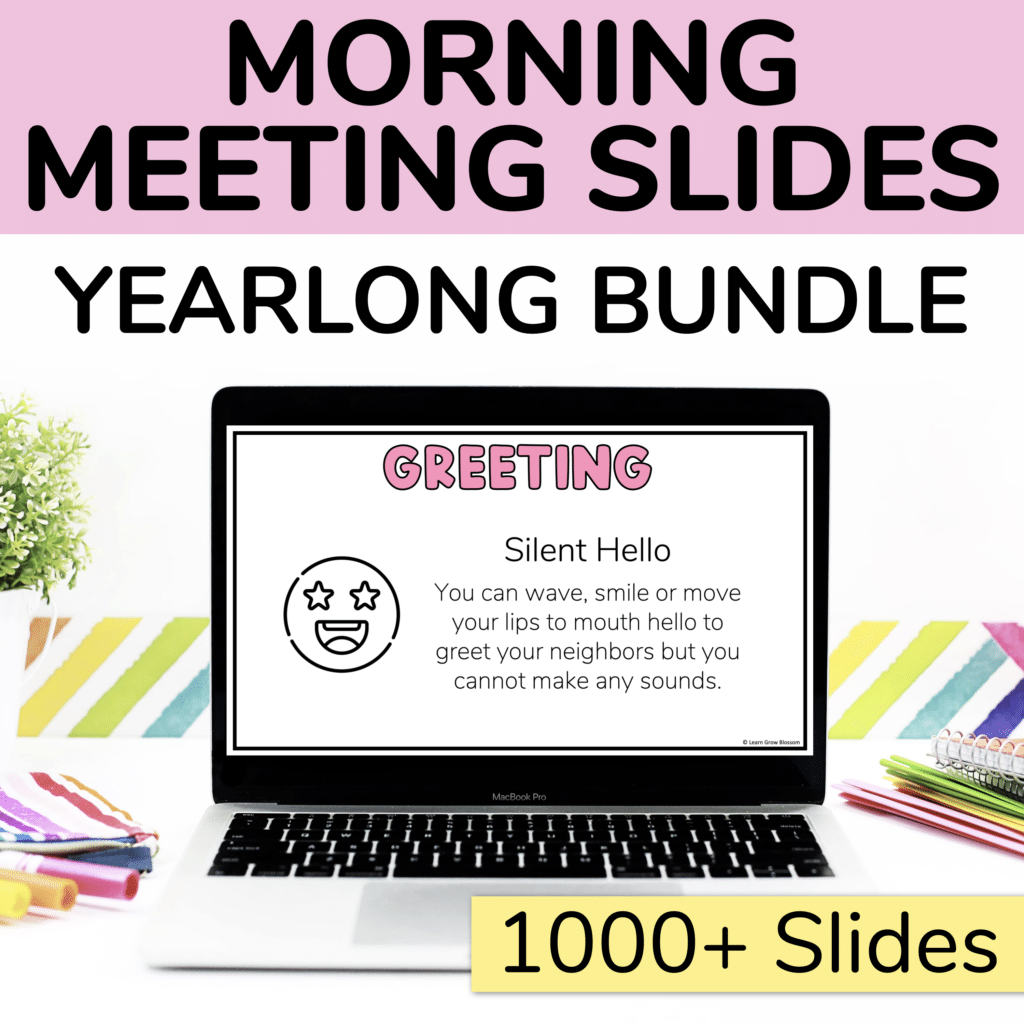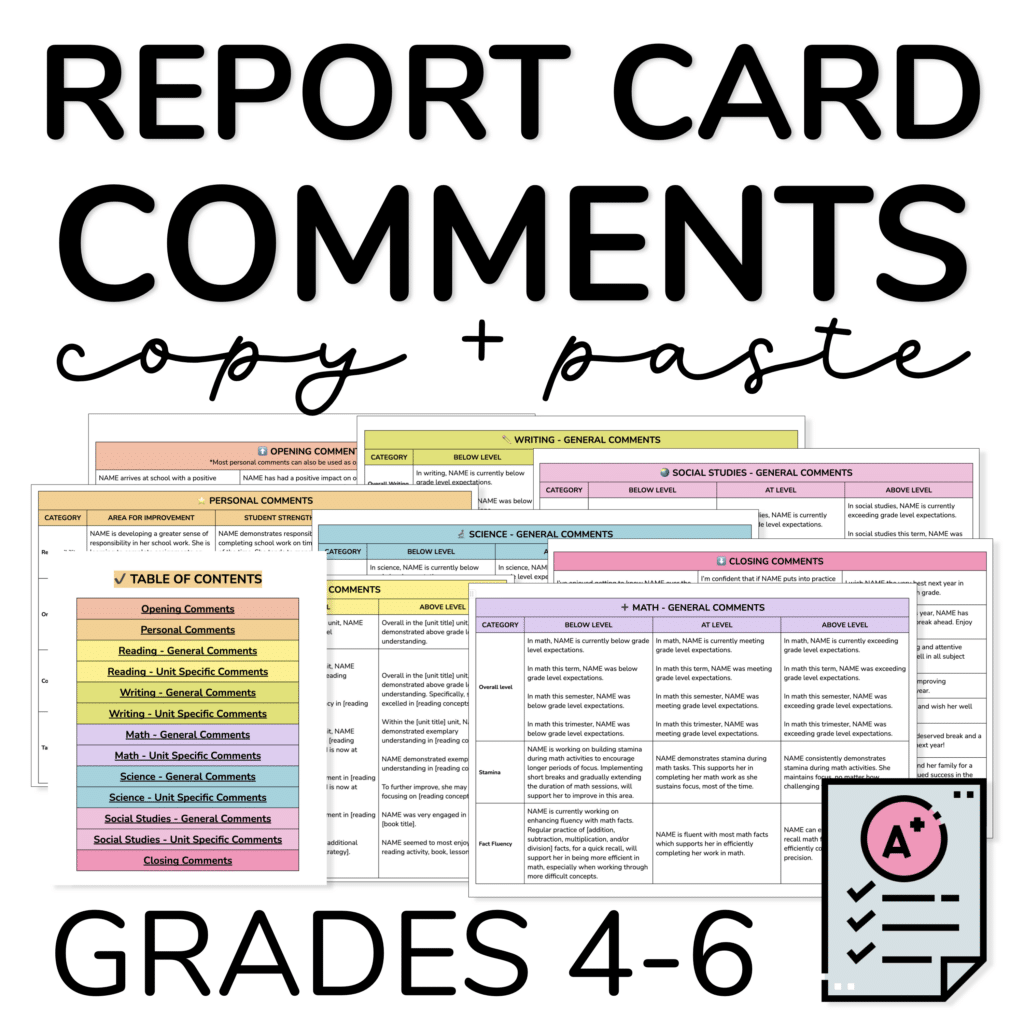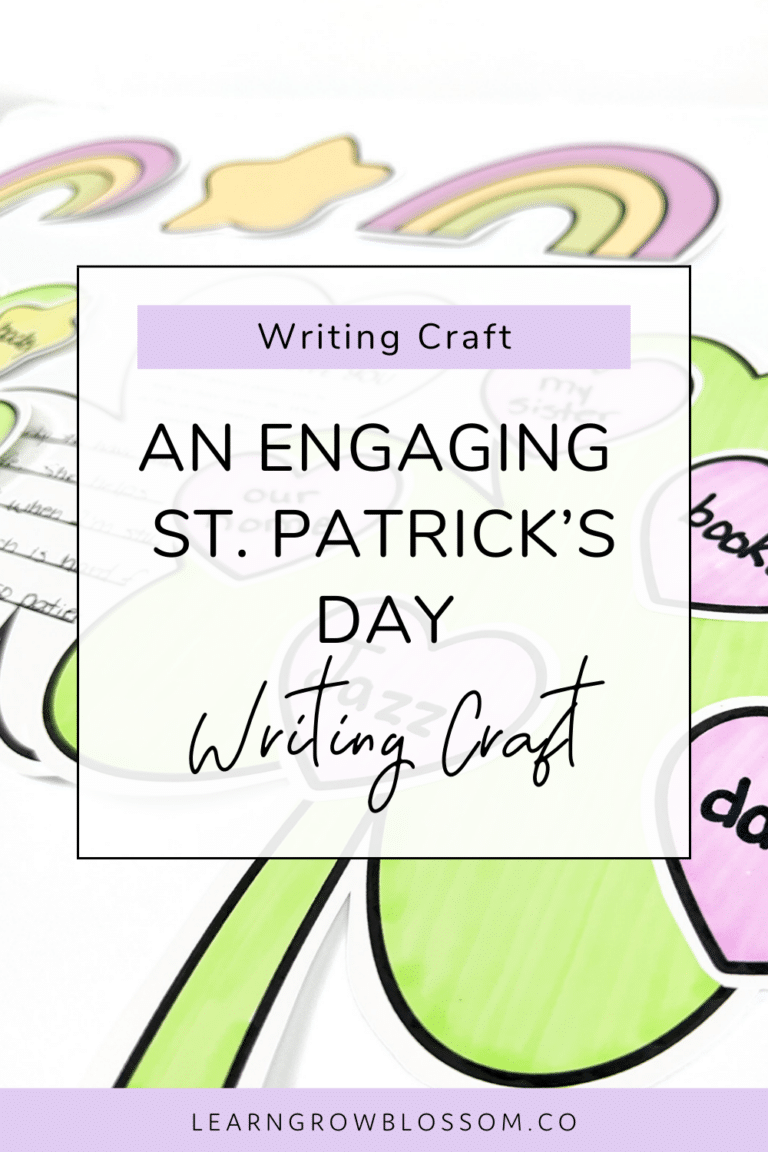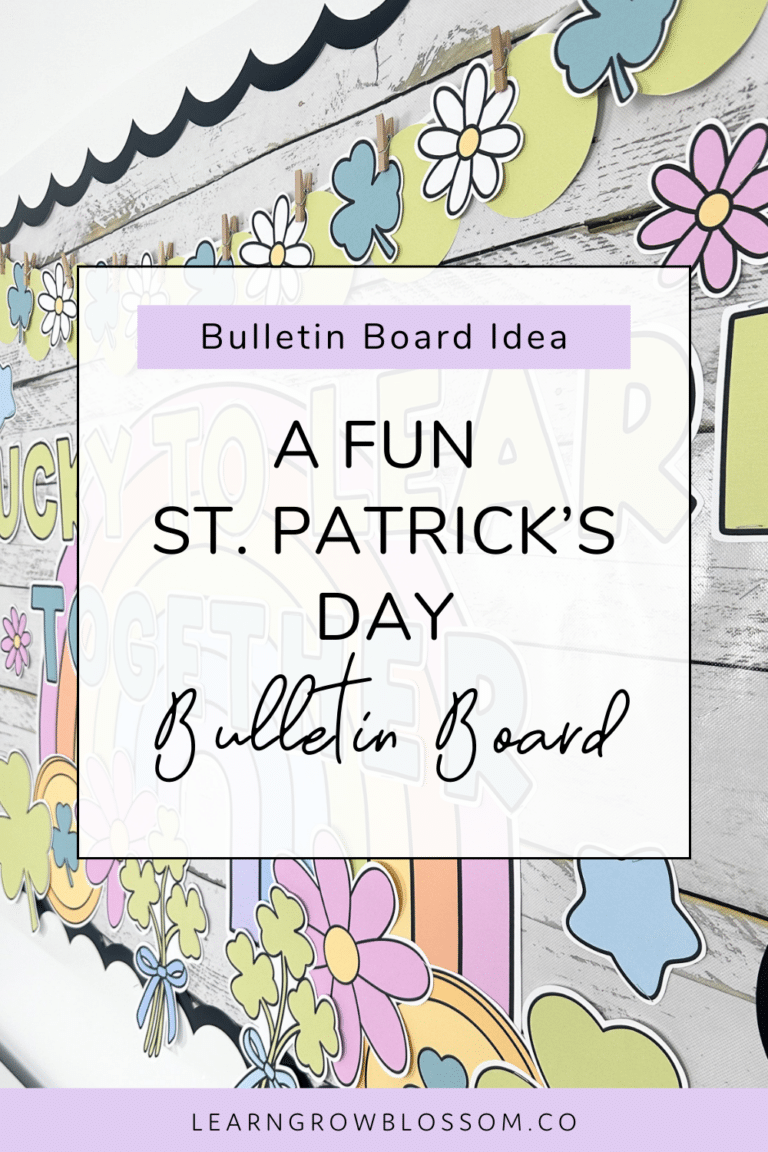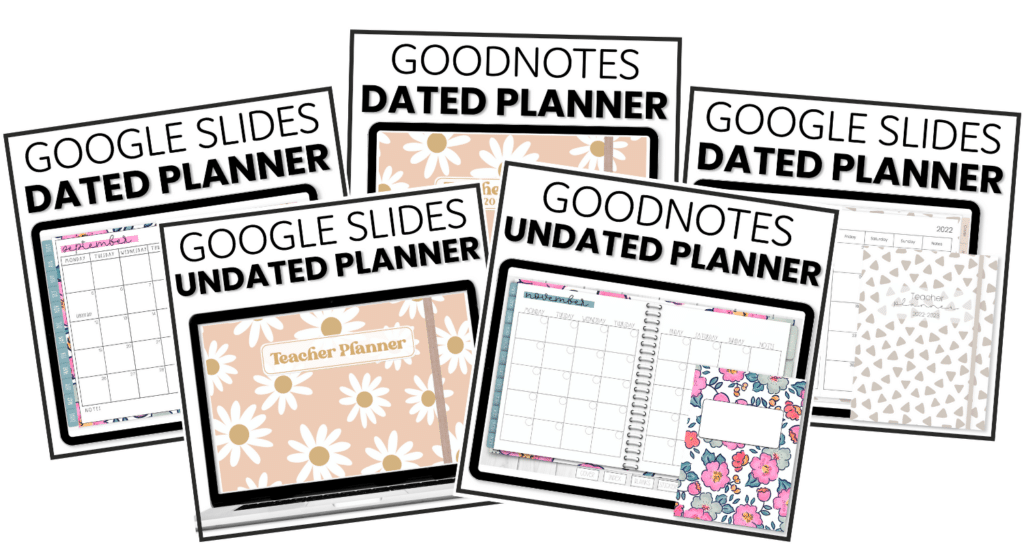How effective is Daily 5?
Daily 5 is incredibly effective. Students work independently during rotations which means you are free to work with students individually or in small groups to support them. This allows you to target their instruction for their specific needs.
How does Daily 5 work?
Daily 5 is a framework for your literacy block. To be effective, it works in conjunction with direct instruction in literacy skills. It is often paired with teaching the CAFE strategies as they were both developed by Gail Boushey & Joan Moser. I also add strategies from the Jennifer Serravallo’s reading strategy book.
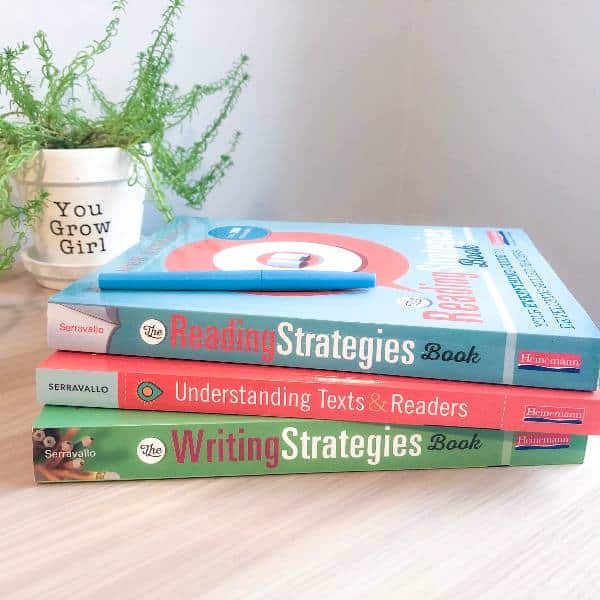
How long should Daily 5 rotations be?
The first thing to consider when planning the length of rotations is how long your students can maintain stamina. At the beginning of the year, our rotations are much shorter. As they build up stamina (to about 25 minutes) that becomes the length of our rotations. I do not go over 25 minutes because I feel students benefit more from doing 3 shorter rotations than 2 longer rotations.
Are you wondering…
how to structure Daily 5?
Here is an example for how I structure Daily 5. My literacy block is 1 hour and 30 minutes long. The times below are estimated and change depending on what we are focusing on in class. Mini Lessons may be shorter and, in that case, rotations will be a bit longer
- Mini lesson #1 – 10 minutes
- Rotation #1 – 20 minutes
- Mini Lesson #2 – 10 minutes
- Rotation #2 – 20 minutes
- Mini Lesson #3 – 10 minutes
- Rotation #3 – 20 minutes

Are you wondering…
how to start Daily 5?
The two sisters who developed Daily 5 have created wonderful plans to aid with launching Daily 5. They explain their framework best. As a refresher, I always reread their plans before I start each school year. It’s important to be consistent with implementation to help your students build stamina. This ensures that your literacy time will run smoothly.
What do students put in their book boxes?
In my student’s book boxes, they have their book choices (maximum 5 books). They also have two writing journals. The first is for free writing and the second is for our writing workshop assignments. Students also have a personal dictionary and a sound strip (made by Jolly Phonics) to help them write words phonetically. Here’s the link to the strips that I use.

How do students choose books for their book boxes?
In their book boxes, my students choose their own good fit books. I follow the same book box requirements as Jillian Starr.
My book requirements are:
- Maximum of 5 books
- At least one nonfiction book
- Only one book that you’ve read before (the rest must be new to them)
I ask students to have read of tried to read all of the books in their book boxes before they switch. They also must switch all of their books at one time. This helps to ensure that a book isn’t living in one student’s book box for the entire year.
Have any other questions about all things Daily 5?
I’d love to chat! Leave me a comment or reach out on my contact page!

You might also be interested in reading the following blog posts






